

Inverted Nipples: Causes, Concerns, and Treatment Options
Many women (and some men) notice that their nipples point inward instead of outward. This is called an inverted nipple, and it’s a lot more common than most people think. In fact, up to 10–20% of women are born with one or both nipples inverted. While usually harmless, inverted nipples can sometimes cause cosmetic concerns, self-consciousness, or difficulties with breastfeeding.

Abdominoplasty (Tummy Tuck): What to Expect Before and After Surgery
Abdominoplasty, commonly known as a tummy tuck, is a surgical procedure that removes excess skin and fat from the abdomen while tightening the underlying muscles. Some people choose this procedure after pregnancy, significant weight loss, or ageing, when diet and exercise alone can’t restore their desired abdominal contour.

Ten FAQs About Breast Reduction Surgery
Breast reduction surgery (also called reduction mammaplasty) is a popular procedure for women who experience discomfort, pain, or self-consciousness due to large breasts. It reduces breast size, reshapes the breasts, and often provides relief from symptoms like back, neck and shoulder pain.
If you’re considering this surgery, you likely have lots of questions. Here are the top 10 frequently asked questions about breast reduction surgery.

Breast Reduction Surgery
Breast reduction (reduction mammaplasty) is a common plastic surgery procedure that removes excess breast tissue, fat, and skin to make the breasts smaller, lighter, and lifted, whilst creating a shape proportionate to the woman’s body. This procedure can make a significant difference to quality of life. Many patients first present to their GP with symptoms related to large, heavy breasts, and your role in assessment, referral, and ongoing support is key.

What is Microneedling?
Microneedling, also known as collagen induction therapy, is a minimally invasive treatment designed to stimulate the skin’s healing process and encourage collagen and elastin production. This popular skin rejuvenation procedure is safe for most skin types and can improve skin texture, reduce scarring, and rejuvenate the facial skin.
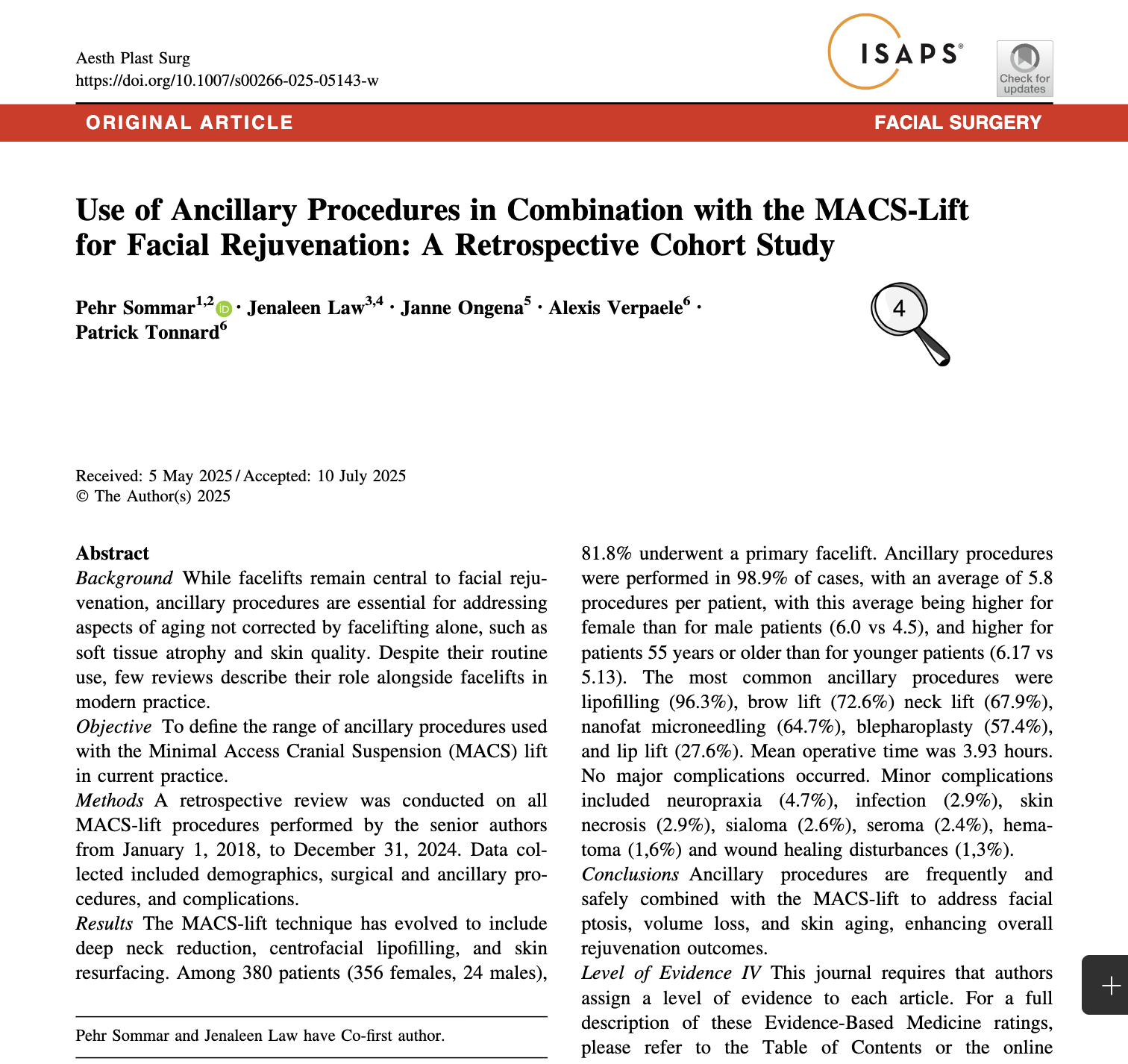
Ways to Enhance and Maintain Your Facelift Results
I recently co-authored an article with internationally recognised plastic surgeons, Dr. Tonnard and Dr. Verpaele, on complementary procedures that can be performed in conjunction with facelifts to optimise facial rejuvenation outcomes.
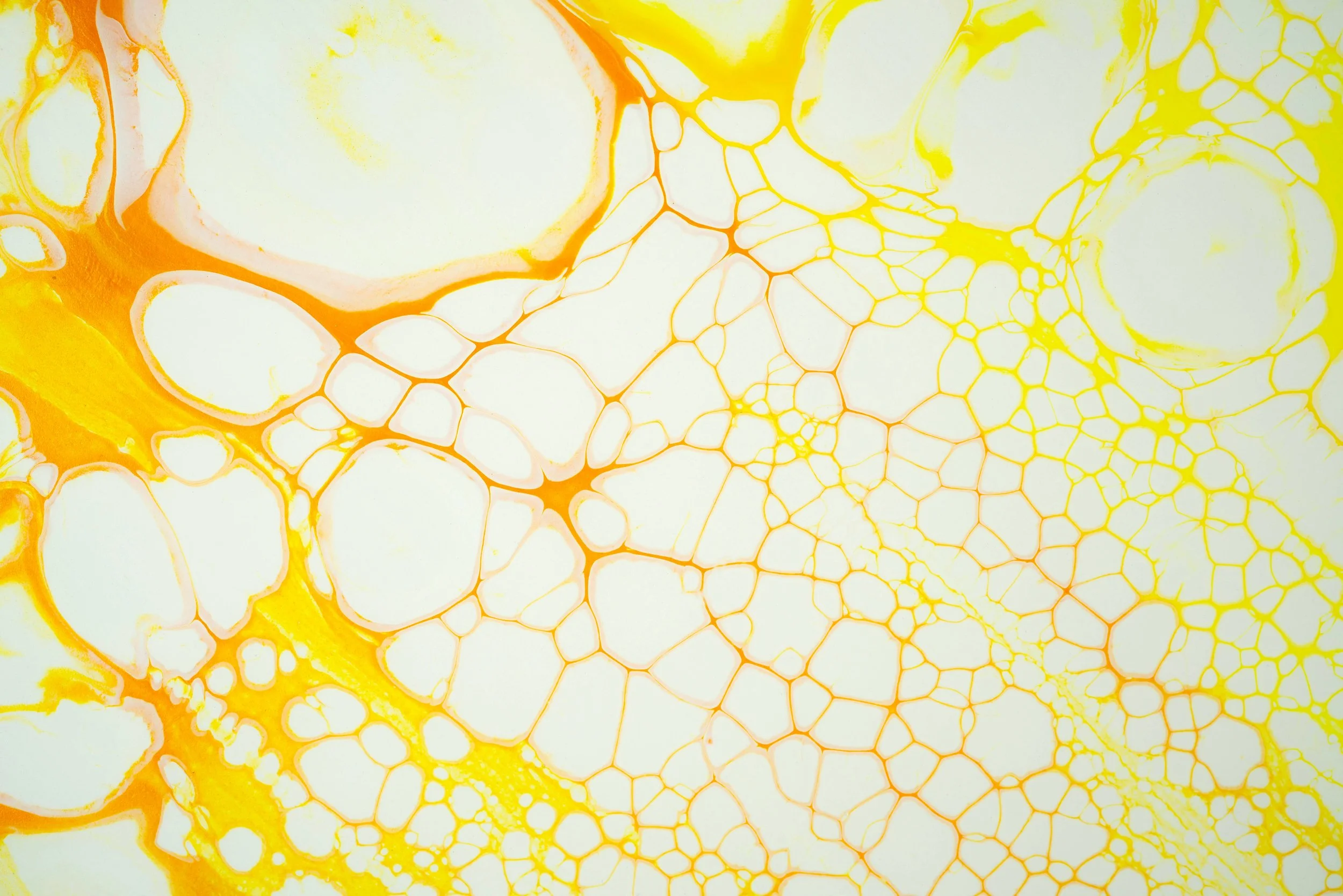
Fat Grafting - How Your Own Fat Can Restore Shape
Fat grafting, also known as fat transfer surgery or autologous fat transfer, is a procedure that uses your own fat to restore lost volume, improve contours, and enhance the quality of your skin and soft tissues.
Because the procedure uses your body’s own cells, the results can look and feel more natural compared to using synthetic products — and they can be long-lasting.
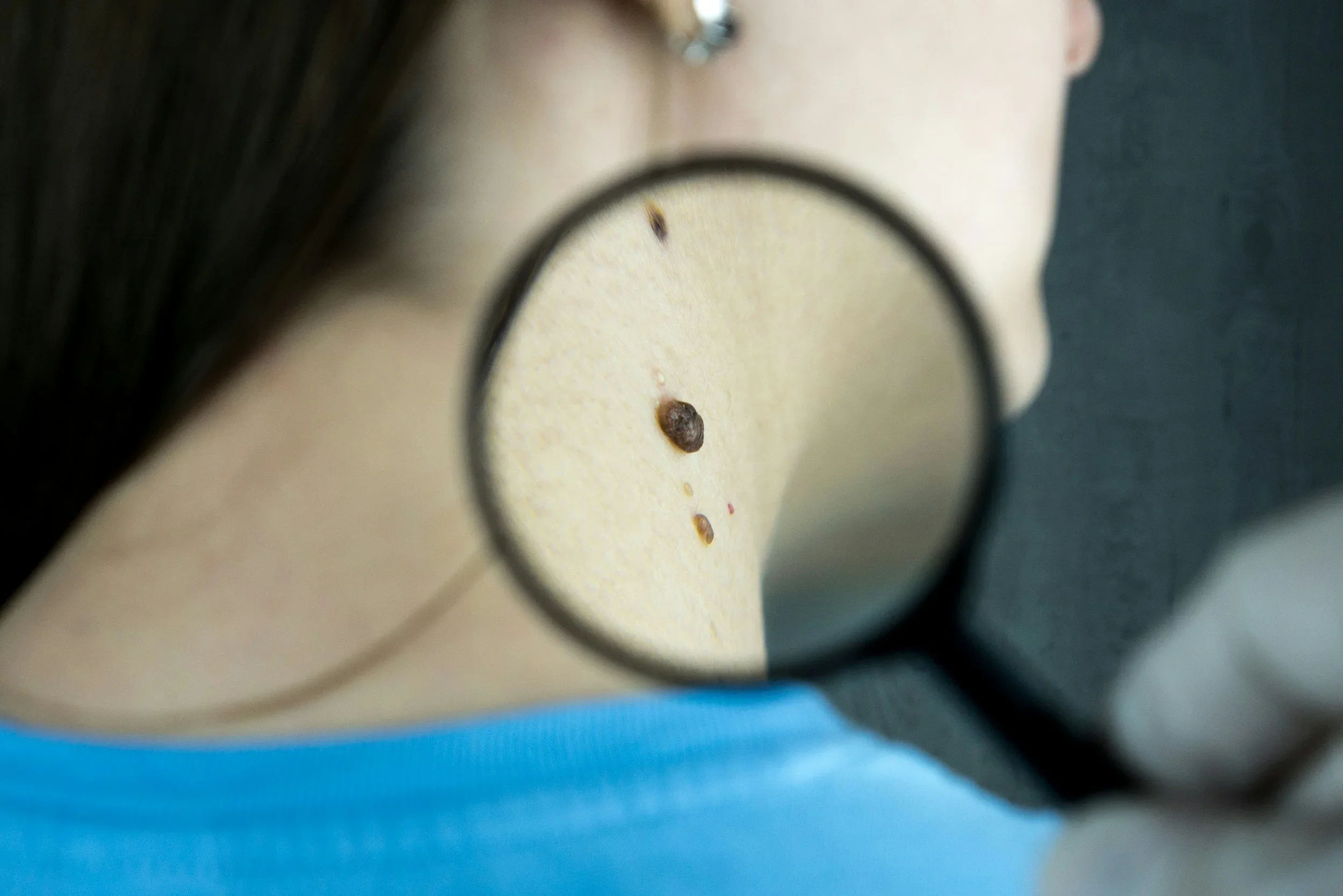
Skin Cancer - Symptoms, Prevention, and Treatment
Skin cancer is the most common type of cancer in the world, but the good news is that most cases can be prevented and successfully treated if detected early. In this guide, we’ll cover the types of skin cancer, the most important symptoms to look out for, and tips on prevention to help you protect your skin.
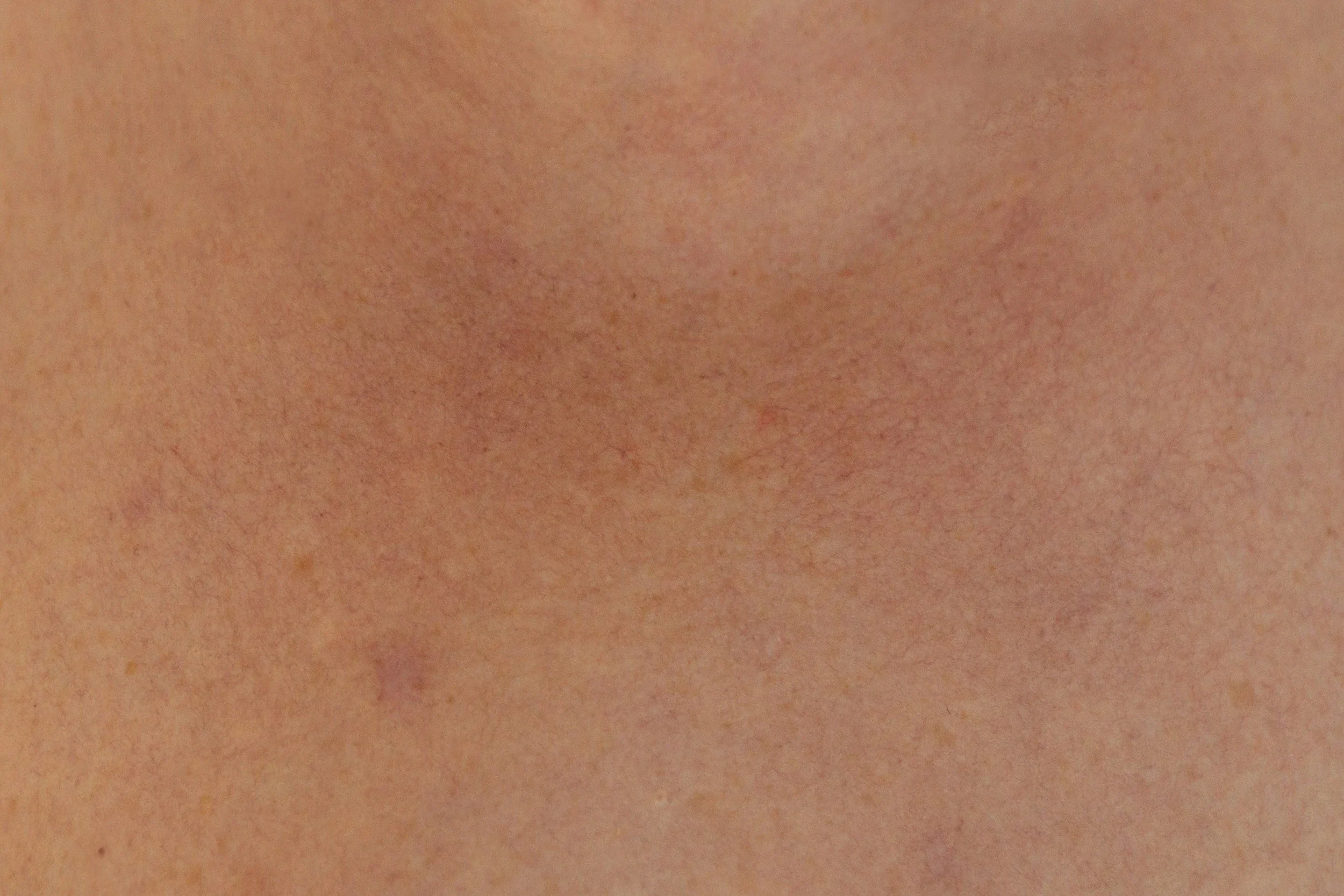
How Skin Quality Affects Surgical Results
When people think about plastic surgery, they often focus on reshaping or lifting — but the quality of your skin is just as important as the procedure itself. Healthy, elastic skin can greatly improve your surgical results, while thin, sun-damaged, or inelastic skin may limit what’s achievable.
Understanding the role of skin quality helps set realistic expectations and highlights ways you can prepare your skin before and after surgery.

The Science of Scar Healing and How to Minimise Scarring
Scars are a normal part of healing after surgery, injury, or trauma. While many scars gradually fade, patients often want to know how to minimise scarring and achieve the best cosmetic outcome. In this post, I’ll explain the science behind scar healing and share the strategies I use to make scars less noticeable.
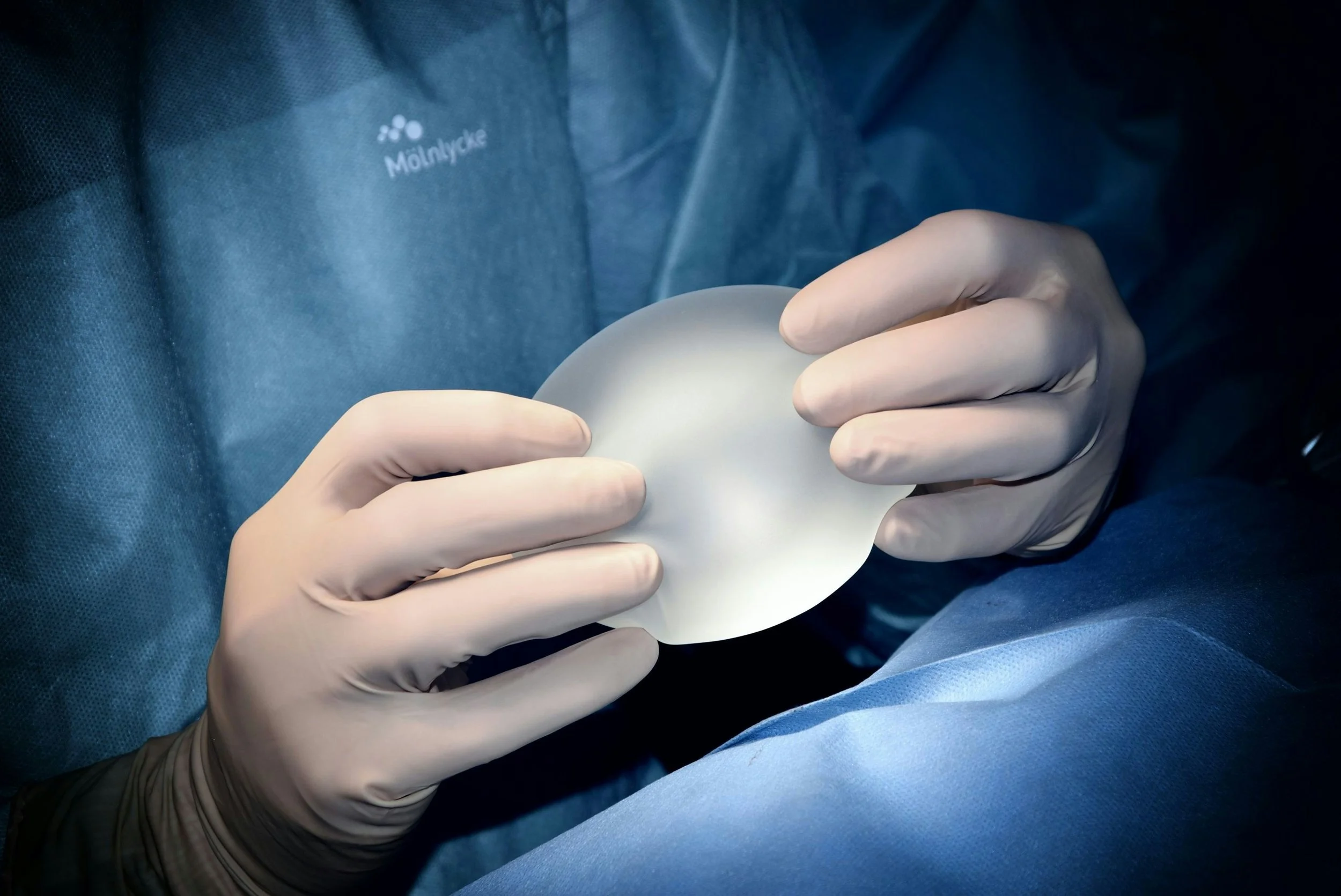
Breast Implant Rupture - What it Means and How it’s Managed
Breast implants are designed to be strong and durable, but like any medical device, they are not designed to last forever. Over time, wear and tear, injury, or natural ageing of the implant shell can cause it to break – this is called a rupture.
While the word “rupture” can sound alarming, most cases are not emergencies, and there are safe, effective options for managing them.

Who’s Who in the Operating Room?
Surgery is carried out by a dedicated and experienced team in an accredited hospital facility with utmost safety. Each member plays a vital role in your care, safety, and outcome. Understanding who is in the room can help ease anxiety and make you feel more confident about your surgery.

Welcome to Our Plastic Surgery Blog
Whether you’re just starting to explore your surgical options or already planning for a procedure, we’re glad you’re here.
This blog is designed to be a helpful, trustworthy space for patients to learn more about plastic and reconstructive surgery in a clear and approachable way.
